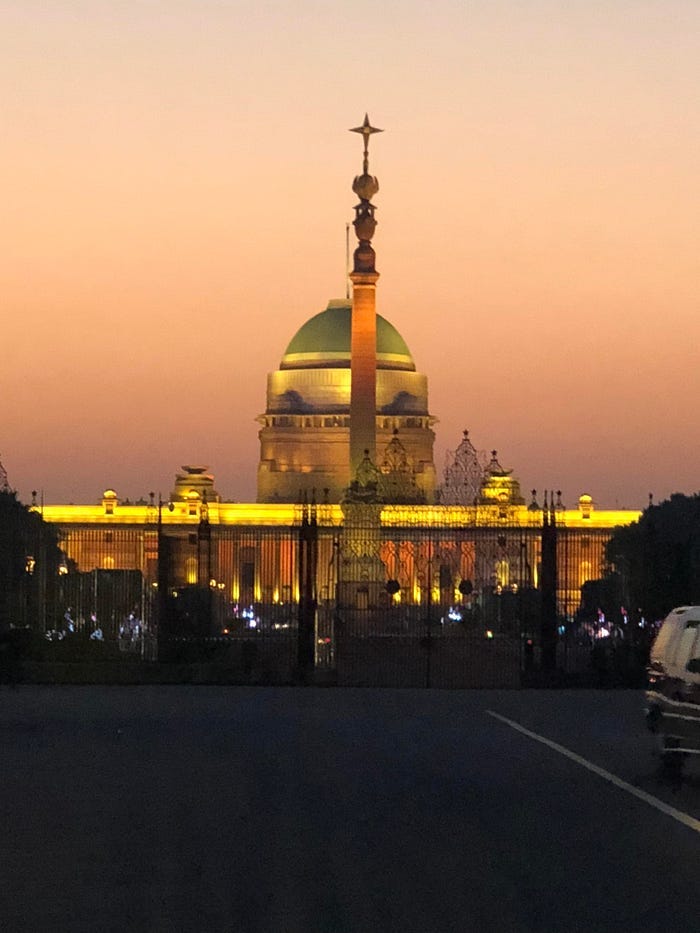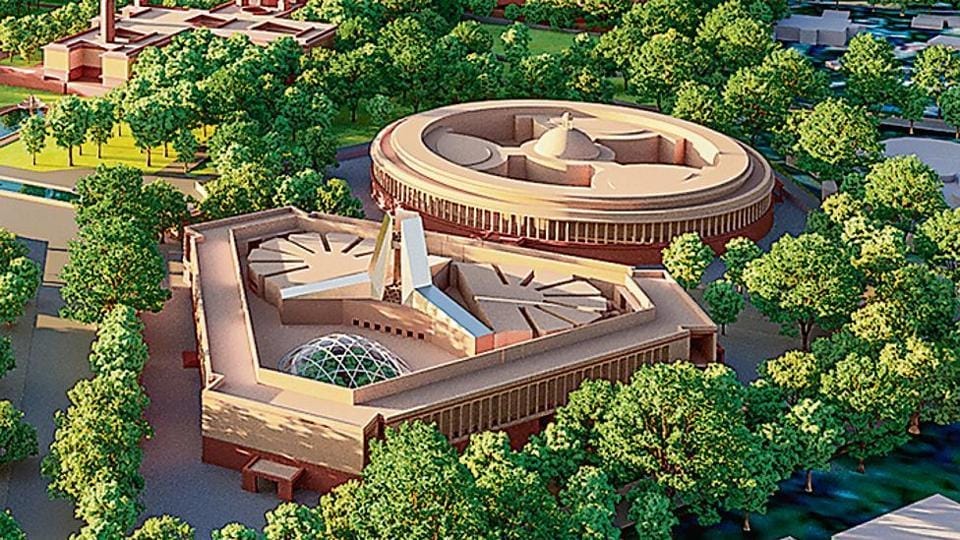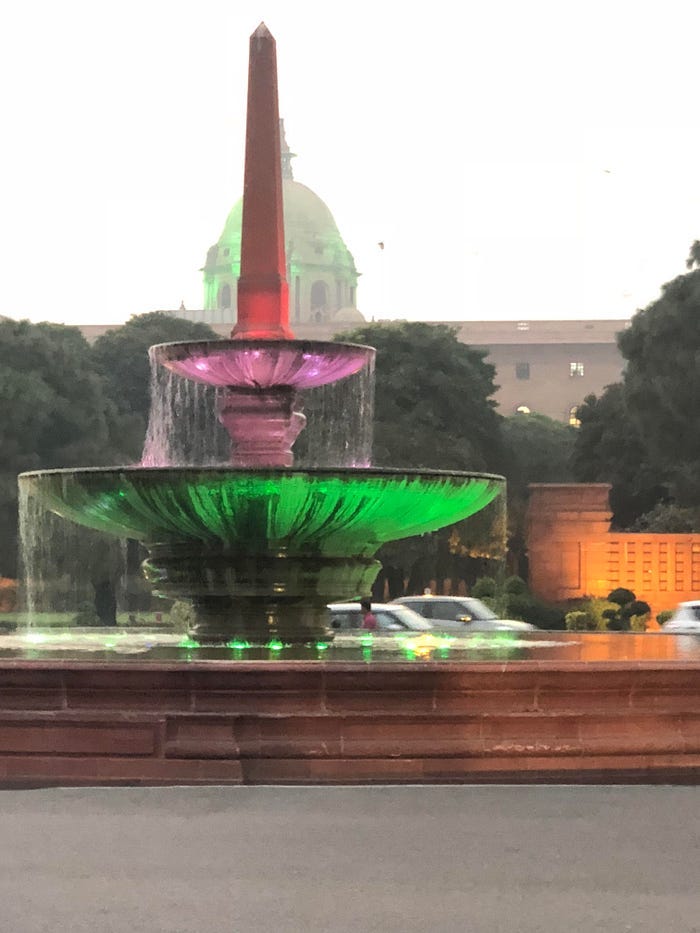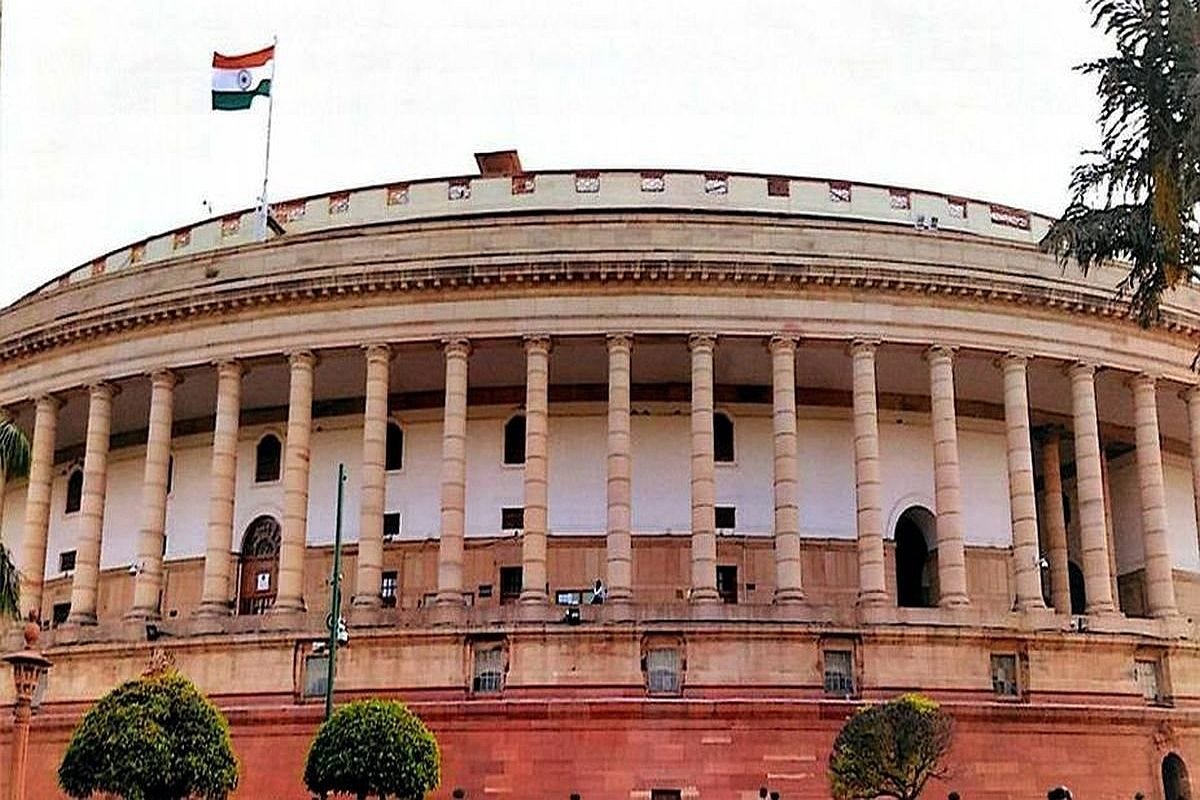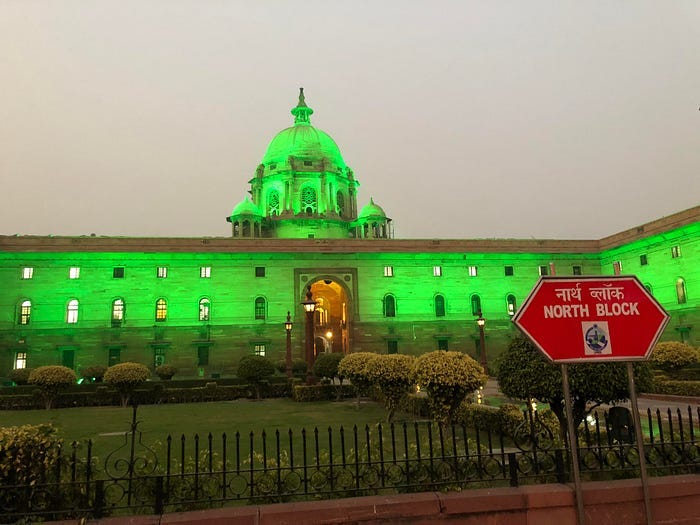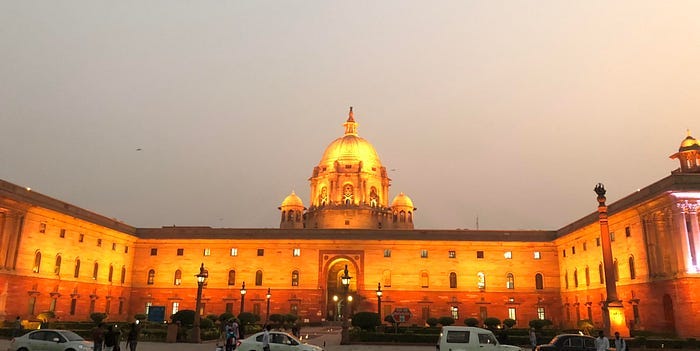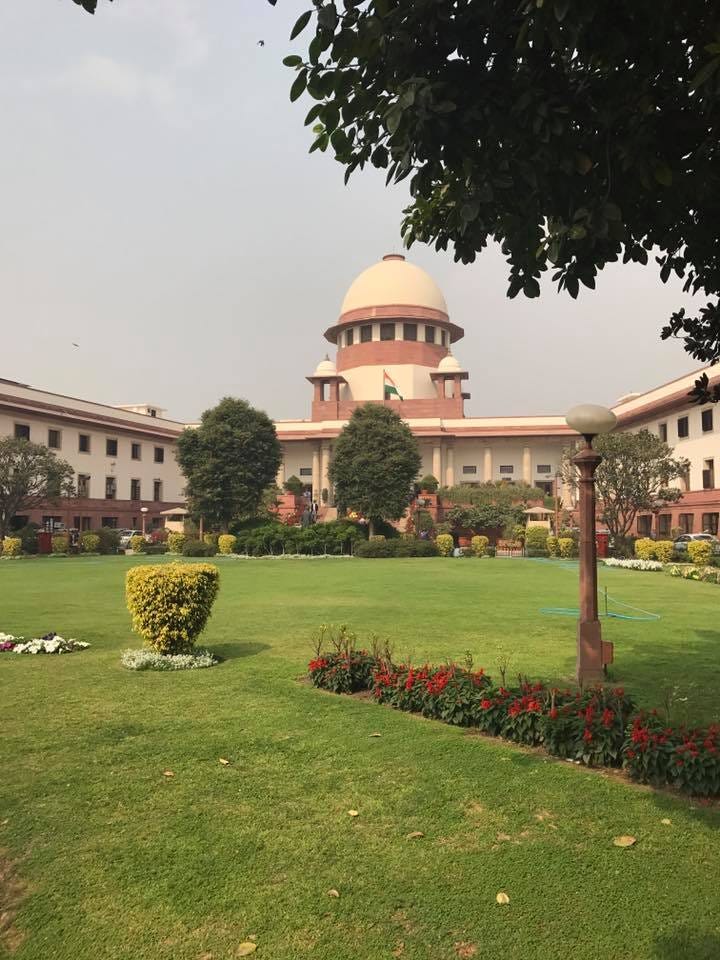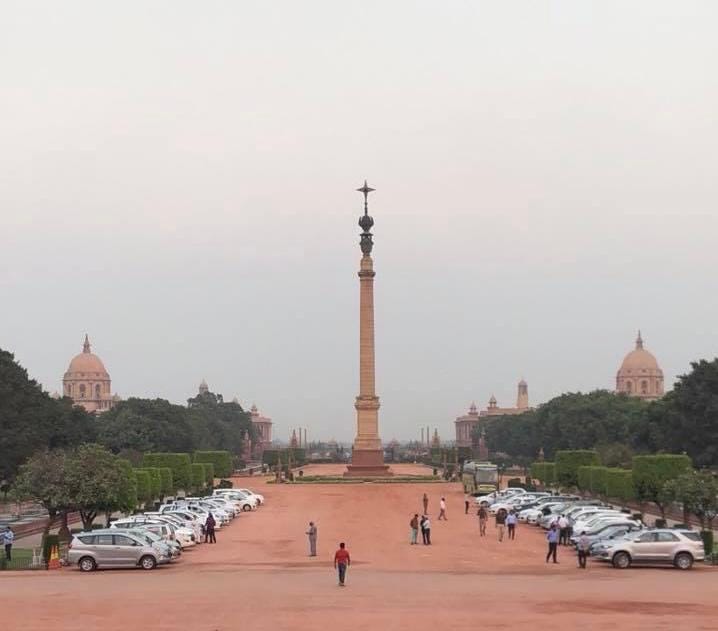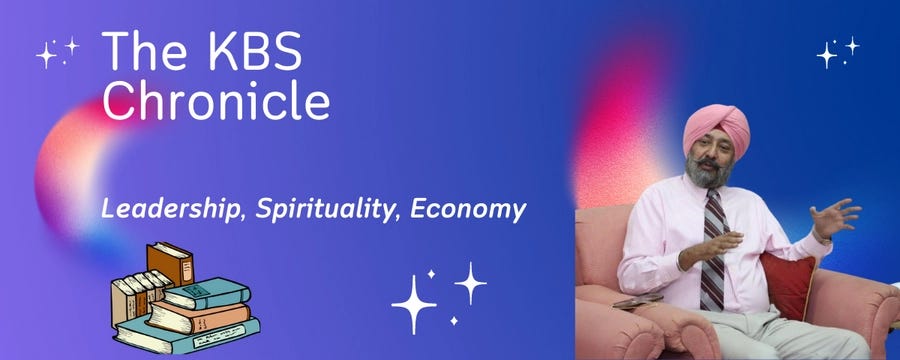States are "Glorified Panchayats": Federalism is in the rhetoric, not in the Constitution
India is NOT a "Union of States". Don't Let not Article 1 of the Constitution mislead you.
Redefining Federalism: A Critical Examination"
In the wake of the recent verdict by a 5-Judge Constitutional Bench of the Supreme Court of India, which not only upheld the abrogation of Article 370 with reference to the erstwhile State of Jammu and Kashmir but also affirmed the Parliament's power to reconstitute a State into a Union Territory, a revisitation of my earlier essay 'India is NOT a Union of States' becomes pertinent and compelling1. This judgment, especially in light of the Jammu and Kashmir Reorganisation Act 2019, fortifies and expands upon the arguments I presented previously. It distinctly highlights the unique aspects of India's federal structure, echoing my stance that India’s federalism differs markedly from the traditional models observed in federations like the USA, Canada, and Australia.
The Parliament's competence to modify India's territorial layout – whether by creating new States, dividing or uniting existing ones, or forming Union Territories – through mere legislative action, without the need for a constitutional amendment or the mandatory consent of the state legislature, is a hallmark of this distinctiveness. The Apex Court has dispelled any doubt in this regard. The instant article, under the revised title 'States are "Glorified Panchayats": Federalism is in the Rhetoric, not in the Constitution', seeks to critically explore the intricacies of this recent judicial verdict and its impact on our interpretation of Indian federalism. This exploration is but a natural corollary of the Supreme Court's recent judgment, the ramifications of which extend far beyond Article 370, potentially reshaping our understanding of what many consider a 'basic feature' of our Constitution: the federal structure of the Nation.
Article 1 cannot be read in isolation
Some people have apparently not read the Constitution of India beyond Article 1 but still have the bravado to contend and conclude that “India, that is Bharat, shall be a Union of States[1].” Their naïve assertion is rebutted by a plain reading of Articles 2 and 3. The reader is strongly urged to peruse these, at this stage itself. A “Union of States” like USA, Canada and Australia entails pre-existence of states or provinces, that come together to form a federation which is a sovereign country. The Union cannot, at least not very easily, change the geographical boundaries of the states, much less bifurcate, trifurcate them or create new ones.
How States are created or altered in India?
Creation of new States, bifurcation of existing ones, changing the boundaries or converting them into Union Territories does not even require an amendment of the Indian Constitution, which is a comparatively cumbersome or difficult process. All that is required is a simple Act of the Parliament[2]. The Punjab Reorganisation Act, 1966 and the more recent split of the southern state of Andhra Pradesh into Telengana and Andhra Pradesh are examples. The bifurcation of the State of Jammu and Kashmir (with a “special status”) and relegating it to the status of the two union territories, though a mere central enactment, further illustrates this point. This was in spite of the now abrogated Article 370. It may not be too far-fetched to assert that a state in the Union of India exists only as long a central law is not enacted to alter, change — even obliterate it. This is definitely NOT a hallmark of a full-fledged “Union of States”.
Whither Federation?
State Chief Ministers and regional kshatraps often harp upon the “federal nature of the Indian Constitution or Polity”. No doubt, the Constitution has a few distinctive, if nebulous, features of federalism but let one thing be clear — the word “federation” (or its derivatives) does not occur anywhere in the Constitution. Rather, it is conspicuously absent. As a matter of fact, the exceedingly diluted version of the “Union of States”, created by virtue of Articles 2 and 3 that sequentially follow Article 1, does not leave much space for federalism in India. Even where we have trappings of federal features in the Constitution, these are quite innocuous and rudimentary. Furthermore, through successive constitutional amendments, such features have been progressively attenuated since the coming into force of the Constitution.
Status of States at Independence
At the dawn of Independence on 15th August, 1947, while Pakistan (West and East had already been created a day earlier), the Dominion of India consisted essentially of the Provinces of the erstwhile British Empire and the Princely States, the latter being, in theory at least, sovereign entities. The Princely States had the option of acceding to India, or Pakistan, or even remaining “independent”. By the time the Constitution of India came into force on 26th January, 1950, thanks to the foresight, courage and sagacious leadership of the Iron Man of India, Sardar Patel, most of these had signed “Instruments of Accession” with India, including the contentious cases of Maharaja of Jammu and Kashmir and the Nizam of Hyderabad. The balkhanisation of the India, immediately following the Independence, thus stood averted.
Distinction between States vanishes
Nevertheless, we still had Category A, B, and C States and there was still a faint distinction between the states of the erstwhile British Empire and the Princely States (merged together with each other or consolidated with other states) in the nascent Republic. Often the distinction was as token as the Governor of the merged princely states being called “Rajpramukh”. This classification was done way with the reorganisation of the States on linguistic basis in 1956 and the remaining vestiges of the colonial era royalty were eliminated by Mrs Indira Gandhi, when she abolished “Privy Purses” through a constitutional amendment[3]. By 1st November, 1966 (Reorganisation of Punjab), the Indian Union was stronger, more cohesive and consolidated, while the states were more or less just subordinate administrative units of the Republic of India. This de facto reality has not only continued to exist but in the subsequent decades the power of the states has continued to gradually decline, the rhetoric of devolution and decentralization notwithstanding. There has been a corresponding increase in the political, financial and constitutional power of the Union.
Role of the Governor
The Governor of the State is appointed by the President of India. Under normal circumstances, he is supposed to act as per the advice of the Council of Ministers, headed by the Chief Minister. However, there are many circumstances under which he is expected to act in his own discretion[4]. His report to the President under Article 356 is one such area — this may lead to the imposition of the President’s Rule under which the Council of Ministers is dismissed. Furthermore, under Articles 256 and 257, there are significant powers vested in the Union to issues directives to the States. More importantly, failure to comply with such constitutional directives of the Union renders a state liable or vulnerable to the imposition of the President’s Rule[5]. Therefore, the states seem to be just vassals of the Union, if we view the Constitution from this perspective.
Finance Commission[6] is often projected as a Constitutional entity that determines the share of the various states in the central taxes. The appointment of the Commission is purely in the domain of the Central Government. While it does follow a consultative process vis-à-vis the states, the fact remains that the successive commissions have devolved only about 1/3rd of the Central Taxes to the states. More often than not, some of the devolved taxes/ grants come with stringent terms and conditions, which a state may not be able to comply with. The States thus do not have any absolute and inviolable vested right in the Central taxes. The erstwhile Planning Commission and its successor organization, Niti Aayog are also instrumentalities of the Union to control the financial freedom of the states.
Goods and Services Tax (GST) has been touted as not only as an epoch-making tax reform that virtually integrates the trade and commerce across the various states, but the GST Council has also been presented as a mini-parliament or microcosm of federalism. However, it needs to be underscored that now the States cannot fix their own tax rates in respect of the items under the GST regime. Moreover, the Central Government has1/3rd of the voting power, while the GST Council decisions requires 3/4th majority to take any decision. This effectively gives veto powers to the Union, and the decisions are possible mostly by consensus only. Thus, with the implementation of the GST regime, the fiscal and financial powers of the states have been further whittled down, with the corresponding increase in those of the Union.
Foreign Affairs, Defence of India, Citizenship and Currency are no doubt the exclusive domain of the Union. There is only one category of citizenship and no state-wise citizenship or residency is envisaged. The anomalous case of Jammu and Kashmir has also been dealt with, bringing it at par with the rest of the nation. Coming to the financial freedom, the individual State Governments cannot even borrow directly from the banks. They have to go through the RBI and their SLR Securities are placed with banks through a transparent, auction-based mechanism. More importantly, the Central Government fixes the annual borrowing limits of each of the States[7], thereby constricting the elbow space available to the Finance Departments of the States in the interest of fiscal responsibility. The states cannot borrow directly from multilateral lending agencies like the World Bank or IMF and all these loans are routed through the Finance Ministry of the Government of India. Furthermore, this borrowing has to be within the overall borrowing limit fixed by the Central Government for a state for the particular year. Thus very limited financial freedom available to the states.
Powers to Legislate
The subjects in the domain of the Central Government and the State Governments and both are given in the Central, Concurrent and State Lists[8]. A simple perusal would reveal that the States have relatively less important subjects within their exclusive jurisdiction. Increasingly subjects have been shifted from the State List to the Concurrent List. Education and Forest are good examples of the same. Parliament can also legislate on subjects that are enumerated under the State List on three conditions:
What Rajya Sabha passes resolution;
During a national emergency (Article 250); and
When two or more states pass a resolution requesting Parliament to legislate on subjects under State List.
This demonstrates that the powers of the states to legislate were modest to begin with and have been progressively reduced.
The Administration of Tribal Areas as laid out in the Fifth and Sixth Schedules of the Constitution covers not insignificant population and area of the country[9]. As per the provisions of the Constitution[10], the Governor in respect of the administration such Tribal Areas works on the advice of the Tribal Advisory Council, rather than the Council of Ministers headed by the Chief Minister. This is effectively governance and administration on behalf of the Union, indirectly by-passing the State Government.
Rajya Sabha (Council of States)
The Upper House of the Parliament was supposed to reflect aspirations and urges of the states. In the first place, it has less powers vis-à-vis the Lok Sabha (especially in respect of Money Bills). However, originally, for a person to be eligible for being elected as a Member of Rajya Sabha, a person was required to be registered as voter in the state concerned. This condition has been omitted by way of a change in the law and now a candidate could be a registered voter anywhere in the country. This leads to political parties getting persons hailing from different states as candidates of a particular state, thereby indirectly reducing the influence of the state in the Rajya Sabha.
“Power to the People”
The 72nd and 73rd constitutional amendments of the Constitution are often projected as a revolutionary devolution of powers in favour of the Panchayati Raj Institutions and Urban Local Bodies. While there may be some merit in this rhetoric, it cannot be denied that constitutionally mandated re-allocation of various subjects from the state-level to the district, block and village level, indirectly reduces the powers of the State Government. Similarly, a constitutionally created State Finance Commission creates a charge on the state taxes in favour of the PRIs and ULBs. “Power to the People” might actually be at cost of the power of the states.
Miscellaneous Features
The appointment of Judges to the High Courts is not within the domain of the states. Similarly, All-India Services like IAS and IPS are also seen as an instrument of control by the Union over the states. Important cadre-posts in every state has been mandated by the All India Services Act, 1951 ( and the statutory rules and regulations framed thereunder) to be manned by such officers, who are, for all intents and purposes, the employees of the Central Government. Now, even in the matter of appointment of the State DGP of Police, the role of UPSC has been created by the Supreme Court. These examples illustrate the instruments of control of the Union over the day to day administration in the states.
Summing up, harmoniously
India's unqualified designation as a “Union of States” is more a symbolic expression than a reflection of the ground reality. A thorough examination of the Constitution reveals a stronger emphasis on the Union rather than on the States. Over the decades since Independence, the role and influence of States have increasingly diminished. The ability of the Central Government to create, bifurcate, or dissolve a State with a mere legislative act underscores this reality. However, it's important to interpret the term 'States are "Glorified Panchayats"' not in its literal sense, but as a metaphor highlighting the limited autonomy of states under the constitutional framework and the recent Supreme Court verdict. This phrase is not meant to diminish the importance of States but to underscore the constitutional reality that challenges the traditional notion of federalism.
Despite this, the Union Government, under the dynamic but sagacious leadership of the Prime Minister Narendra Modi, has wisely steered the federal consultation process into the political mainstream, addressing regional aspirations and mitigating fissiparous tendencies. Nonetheless, persisting in the simplistic portrayal of India as a “Union of States” without considering the constitutional nuances and the Supreme Court's interpretations either stems from political innocence or is a deliberate attempt to undermine the Union. This latest judgment from the Supreme Court further clarifies the federal structure as envisioned by the Constitution, nudging us to revisit and reevaluate our understanding of the term 'federation'— which does not figure anywhere in the Constitution— in the Indian context.
[1] Article 1(1) of the Constitution
[2] Articles 2 and 3
[3] 26th constitutional amendment of 1971
[4] Article 163
[5] Article 365, read with Article 356
[6] Article 280 of the Constitution
[7] Article 293
[8] 7th Schedule of the Constitution
[9] 8.6% of the population and 13.7% of the geographical area
[10] Article 244 and 244A
India is NOT a "Union of States"
Article 1 cannot be read in isolation Some people have apparently not read the Constitution of India beyond Article 1 but still have the bravado to contend and conclude that “India, that is Bharat, shall be a Union of States[1].” Their naïve assertion is rebutted by a plain reading of Articles 2 and 3. The reader is stron…




